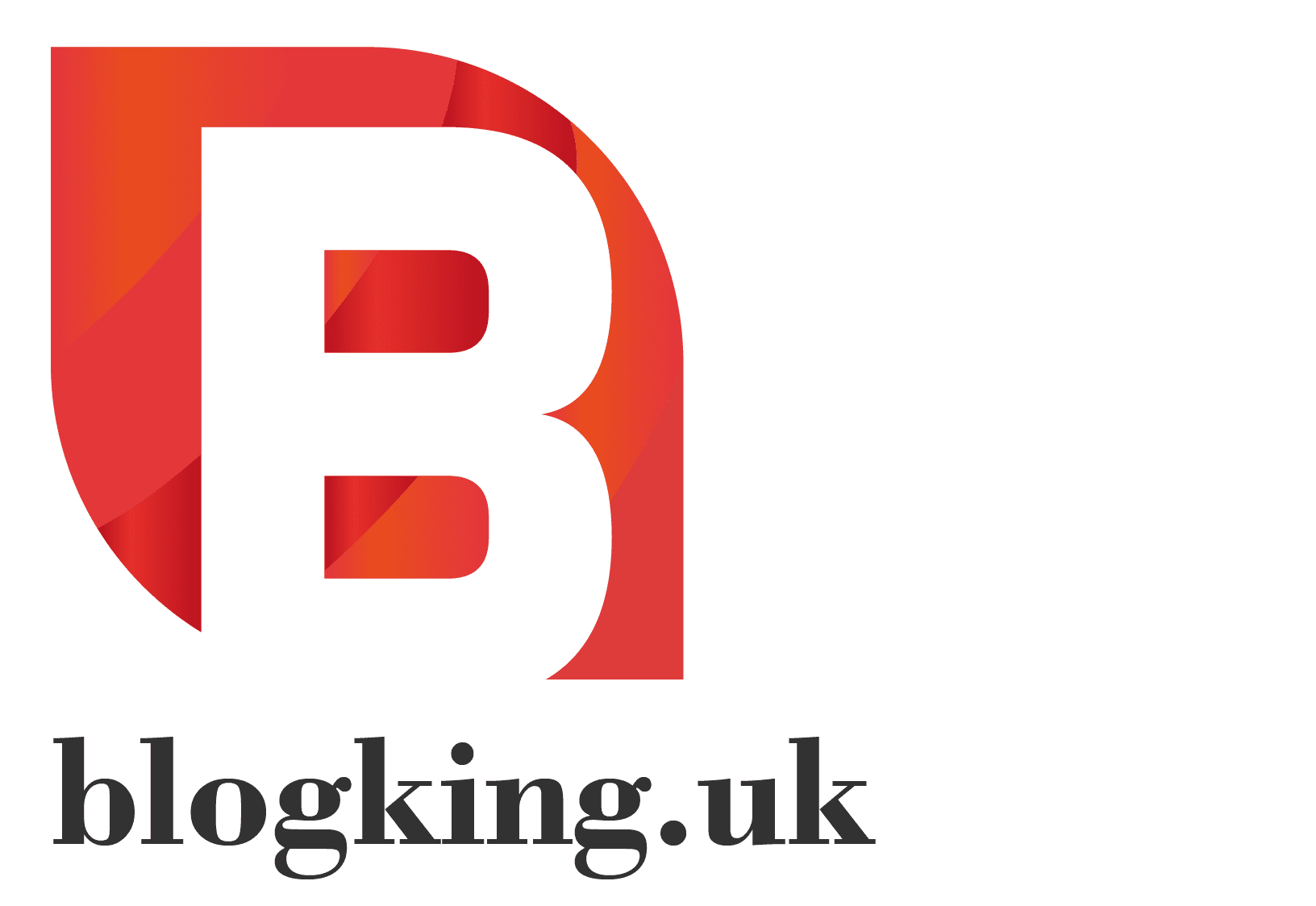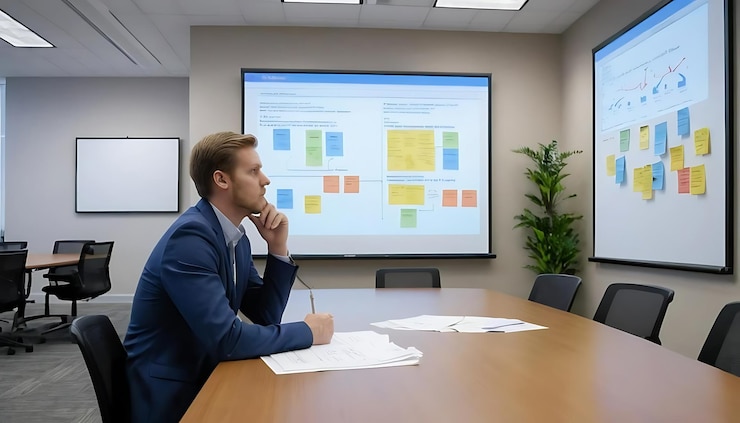The Business Model Canvas is a key tool for entrepreneurs. It helps them innovate and improve their business models. By using it, you can see the parts of your business clearly. This makes it easier to check and boost your strategy.
Alexander Osterwalder created this framework. It has nine parts that show how your business makes, delivers, and keeps value. The canvas is all about being flexible. It helps your business stay ahead by adapting to market changes.
Table of Contents
Key Takeaways
- The Business Model Canvas is a visual framework for mapping out business strategies.
- It comprises nine essential components that illustrate value creation.
- Creating a business model canvas encourages systematic thinking about your business.
- Flexibility is a core principle, allowing adaptation to market changes.
- The canvas is beneficial for both new ventures and established businesses.
- Regular reviewing and updating of the canvas can enhance its effectiveness.
Introduction to the Business Model Canvas
The business model canvas is a key tool for visualising business strategies. It helps organisations outline their business plans in detail. This model has nine key parts: Customer Segments, Value Proposition, Channels, and more.
Using this canvas, you can plan your startup better. It makes it easier for everyone to understand and work together.
The canvas is great because it’s easy to see and understand. It lets entrepreneurs draw out their ideas quickly. This makes talking about plans easier.
It also helps in keeping everyone on the same page. It’s a guide for setting goals and encouraging new ideas. For more on how to use the business model canvas, check out this useful guide.
Understanding the Importance of a Business Model
A strong business model is key for any new business. It shows how your company makes money and its overall direction. Good planning is the base for this model, helping you deal with market challenges.
Entrepreneurs who plan well do better. Studies show those with a solid business model succeed more than others. This approach keeps your big picture in mind while focusing on details.
Keeping your business model fresh is vital in a competitive world. Staying up-to-date with market needs keeps your business profitable and stable. It’s not just good to update your model; it’s necessary to keep serving your customers well.
For more help on making a detailed business plan, check out this link. Grasping these ideas can make your business model stronger and boost your success chances.
The Nine Building Blocks of the Business Model Canvas
The business model canvas framework has nine key parts that define your business. Each part is vital for a complete business plan, and knowing these parts can greatly improve your business strategy.
| Building Block | Description |
|---|---|
| Customer Segments | Identifies and segments your target customers based on various criteria such as demographics and needs. |
| Value Propositions | Details the unique value your products or services offer to customers, distinguishing you from competitors. |
| Channels | Describes how you deliver your value propositions to various customer segments, encompassing all communication and distribution methods. |
| Customer Relationships | Explains the types of relationships you establish with different segments to enhance customer satisfaction and retention. |
| Revenue Streams | Outlines how your business generates income from each customer segment, covering various pricing mechanisms. |
| Key Resources | Defines the critical assets needed to deliver your value propositions effectively. |
| Key Activities | Specifies the primary tasks necessary for the functioning of your business model. |
| Key Partners | Highlights the network of suppliers and partners that support your business’s operations and growth. |
| Cost Structure | Details the costs associated with operating your business, providing insight into the financial viability of your model. |
Getting to know these business strategy components is key. It gives your business a strong base. It helps with planning and making your business run smoothly.
Step 1: Naming the Purpose of Your Business
Defining your business’s purpose is the first key step in creating a business model canvas. A clear purpose statement is the foundation for evaluating your business model. It shows your entrepreneurial focus and what you aim to achieve.
Examples of good purposes include tackling environmental issues or creating jobs in your community. This purpose guides your decisions and innovation, shaping your business strategy.
A good name can reflect your business purpose. It helps build your brand and sets customer expectations. You can find tips on choosing a name at business name ideas. Make sure your name reflects your purpose to stand out in the market.
Step 2: Customers and Value Propositions
Understanding your customers is key to a successful business model canvas. By identifying customer segments, you group your audience by shared traits and needs. This helps you tailor your offerings to meet their specific demands.
Identifying Your Customer Segments
Effective customer segments identification gives you insights into demographics, behaviour, and psychographics. This knowledge lets you craft targeted marketing that speaks to each group. Knowing your ideal customer boosts engagement and conversion rates.
Use data analysis tools and surveys to gather vital information about your customers.
Defining Your Value Propositions
Next, define your unique value propositions. This part of your canvas should clearly state the benefits your products or services offer. It should address the pain points or aspirations of your customer segments.
Your focus should be sharp in articulating how these value propositions differ from competitors. This attracts the right audience and builds loyalty. Explore resources like B2B marketing strategy frameworks for deeper insights into customer focus and value delivery.
Step 3: Channels and Customer Relationships
Knowing the best ways to reach your customers is key. You need to pick the right channels, like digital platforms, social media, and physical stores. Each one should match what your customers like to get your message across well.
Choosing the Right Channels
Deciding which channels to use is important. It depends on who your customers are and how they behave. For example, younger people might like online stuff, while older folks might prefer talking face-to-face. By knowing this, you can pick channels that really connect with your customers.
Building Meaningful Customer Relationships
Building strong relationships with customers is essential. These can range from simple transactions to deeper, more personal connections. Knowing how your customers interact with your brand helps you tailor your approach. When you build trust and show value, customers stay loyal and satisfied for the long haul.
Step 4: Key Resources, Key Activities, and Key Partners
To build a lasting business model, you need to find out what’s essential for success. These key resources include physical, intellectual, human, and financial assets. Knowing what you have, like equipment and your brand, is key to your strategy.
Key activities are the main steps that keep your business moving. They include making products and solving problems for customers. Doing these well means you offer great value to your audience.
Building strong partnerships is also vital. These partnerships can bring in new skills and resources, making your business more efficient. Working with others can lead to new ideas and improve your market standing. For more on business models and partnerships, click here.
Step 5: Cost Structure and Revenue Streams
In this step, you will look at your costs and how you make money. This is key for your business model. The cost structure shows what you spend to run your business, like fixed and variable costs. Knowing these costs helps you plan your finances better.
Understanding Your Cost Structure
Your cost structure includes different types of expenses. These can greatly affect your financial planning. Common costs are:
- Fixed costs, such as rent and salaries, which stay the same no matter how much you produce.
- Variable costs, which change with your business, like materials and shipping.
- Operational costs, like utilities and maintenance, that help your business run every day.
By looking at these costs closely, you can find ways to save money and use resources better. This can make your business more profitable.
Defining Your Revenue Streams
Finding different ways to make money is important for your business. Think about these income sources:
- Selling products online or in stores.
- Subscription models for ongoing income.
- Services that meet customer needs.
- Partnerships that bring in new money-making chances.
Knowing and diversifying these income streams helps with financial planning. It also makes your business more stable. By linking costs and income, you build a strong business that can grow over time.
Creating a Business Model Canvas
Starting a business model canvas is all about visual engagement. Begin by drawing the framework on a large surface, like a whiteboard or flipchart. This hands-on approach encourages teamwork and creativity.
Organise a brainstorming session where everyone can share their ideas. This team effort brings together different viewpoints, leading to a more complete understanding of your business model. Using sticky notes makes it easy to change things as new ideas come up. This way, you can see how the nine key parts of the canvas fit together.
Having everything laid out helps your team see how different parts work together towards your goals. This method improves communication and teamwork, making your business strategy clearer.
Testing Your Assumptions and Validating Ideas
After you’ve made your business model canvas, it’s time to test your ideas against real market data. You can do this through market research, talking to customers, and surveys. These methods help you see if your ideas match up with what the market wants.
Using tools like a Test Card helps you organize your assumptions. It also helps you know what success looks like for your business. This way, you can make sure your ideas are solid and ready for the market.
Getting feedback from customers is key. It gives you the chance to improve your business model. By listening to what customers say, you can make changes that better meet their needs. This is important for making sure your business can succeed.
For more help on using the business model canvas, check out this resource.
| Hypothesis | Testing Method | Expected Outcome |
|---|---|---|
| Value Proposition Effectiveness | Customer Interviews | Positive response indicating needs are met |
| Customer Segment Identification | Surveys | High engagement rates from targeted demographics |
| Problem-Solution Fit | Minimum Viable Product Launch | Sales data confirming demand for the product |
| Revenue Potencial | Experiment with Pricing Models | Increased interest at various price points |
Using different methods helps you check your ideas and learn more. This way, you can keep your business model fresh and appealing to your audience. It helps you stay flexible and meet the changing needs of the market.
How to Iterate and Modify Your Business Model
Refining your strategy through business model iteration is key. It demands a commitment to ongoing improvement and a willingness to try new adaptation strategies. This openness can spark innovation and set your offerings apart in a competitive market. Regularly reviewing your business model keeps it in sync with changing market needs and customer wants.
Make time for reviews to ensure a systematic approach to iteration. Allocate no more than 30 minutes each week to review your Business Model Canvas. This helps make quick adjustments that boost performance and customer happiness.
Building a culture of agility in your team allows for swift adaptation. Participate in customer development activities like testing hypotheses. This gives you the insights needed for making smart changes. Such a proactive stance turns your business model into a dynamic tool for tackling various market challenges.
Conclusion
The Business Model Canvas is a key tool for entrepreneurs and business strategists. It helps you create a strong business model that meets market needs and customer wants. This method boosts your strategic planning and helps you succeed in today’s competitive world.
Remember, the canvas is a dynamic tool, not just for one-time use. It should evolve with your business as the market changes. Adding financial forecasts to your planning can help you face challenges and unexpected costs, as explained in the business planning article.
In short, the Business Model Canvas helps you see your business’s parts clearly. It also makes your team more accountable and responsive. By keeping it updated, you’ll be ready to grab new chances and avoid risks, leading to lasting success in your business.







